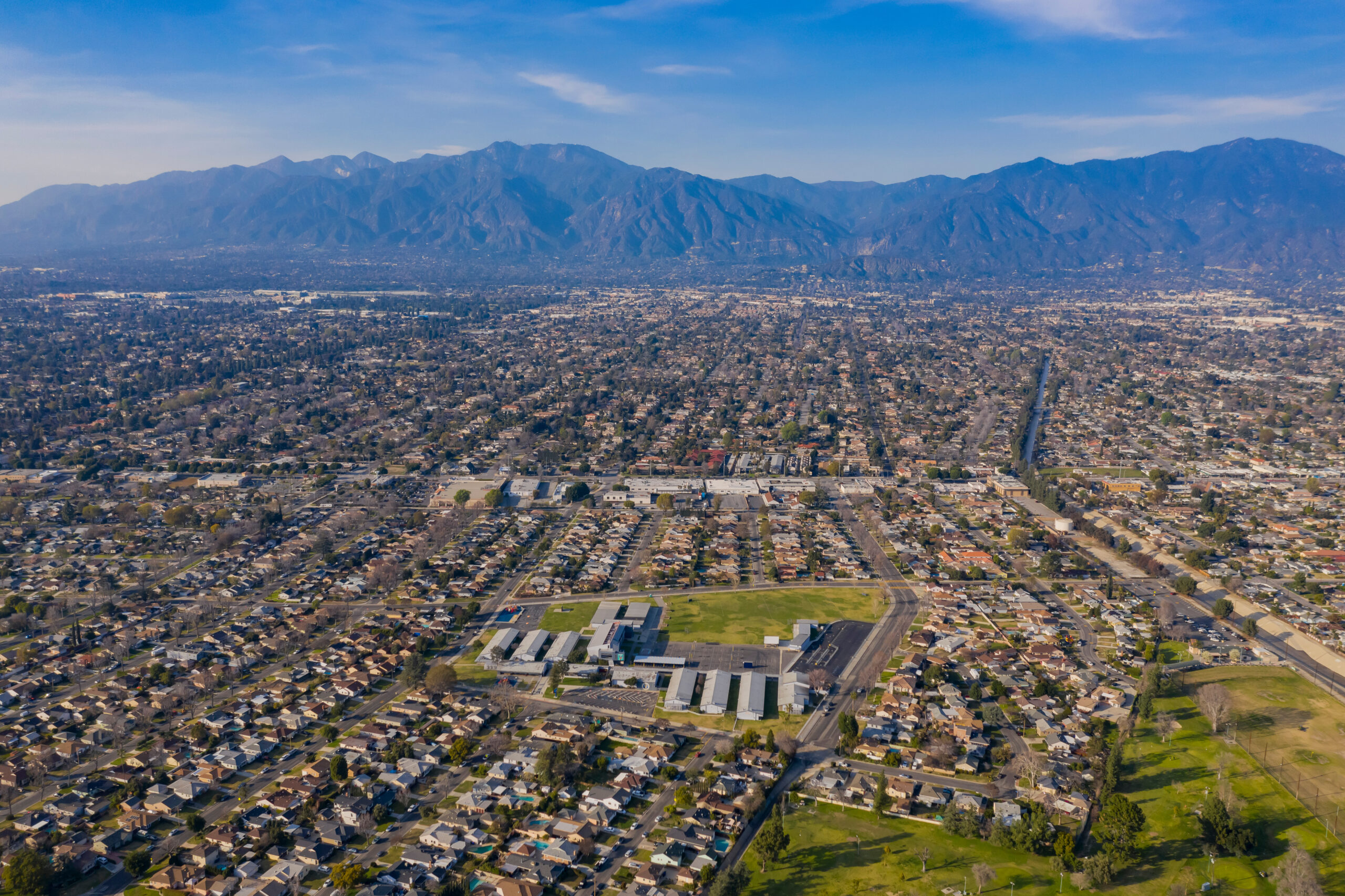

The Challenge
In Illinois, approximately 700 new young people annually experience simultaneous involvement with the foster care system and juvenile delinquency system. These justice-involved foster youth often exhibit symptoms of traumatic stress and demonstrate high levels of truancy, increased behavioral health challenges, and low likelihoods of achieving permanency in a family setting.
As in many jurisdictions, it is difficult to swiftly arrange coordinated services and supports for these youth because the child welfare system is managed by the state while the juvenile justice system is decentralized across city police departments, county-run juvenile probation offices and detention centers, and the state’s juvenile corrections facilities. Many youth and their families struggle to navigate across systems and access services to help them holistically address their complex needs. More than half re-offend within two years, and most will spend substantial time in costly group living arrangements; on average, an annual cohort of 700 youth experiences 1,300 arrests per year and 230,000 days spent in congregate care throughout their time in foster care.
The Innovation
The GPL supported Illinois as they worked to rapidly identify foster youth when offenses are committed, coordinate care across systems, and provide more timely access to proven therapeutic interventions. The project led to working with a coalition of community providers to maintain a central list of justice-involved foster youth and share performance data across providers, as well as developing and testing a new approach for serving families involved with multiple systems.
More Research & Insights


Preventing Child Welfare Contact
Investing in Culturally Responsive Services: Lessons from Washington State

Strengthening Alternative 911 Emergency Response
Launching Alternative 911 Emergency Response in the San Gabriel Valley

Addressing Upstream Factors: Reducing the Number of Michigan Children in Congregate Care

Preventing Child Welfare Contact
Investing in Culturally Responsive Services: Lessons from Washington State

Strengthening Alternative 911 Emergency Response